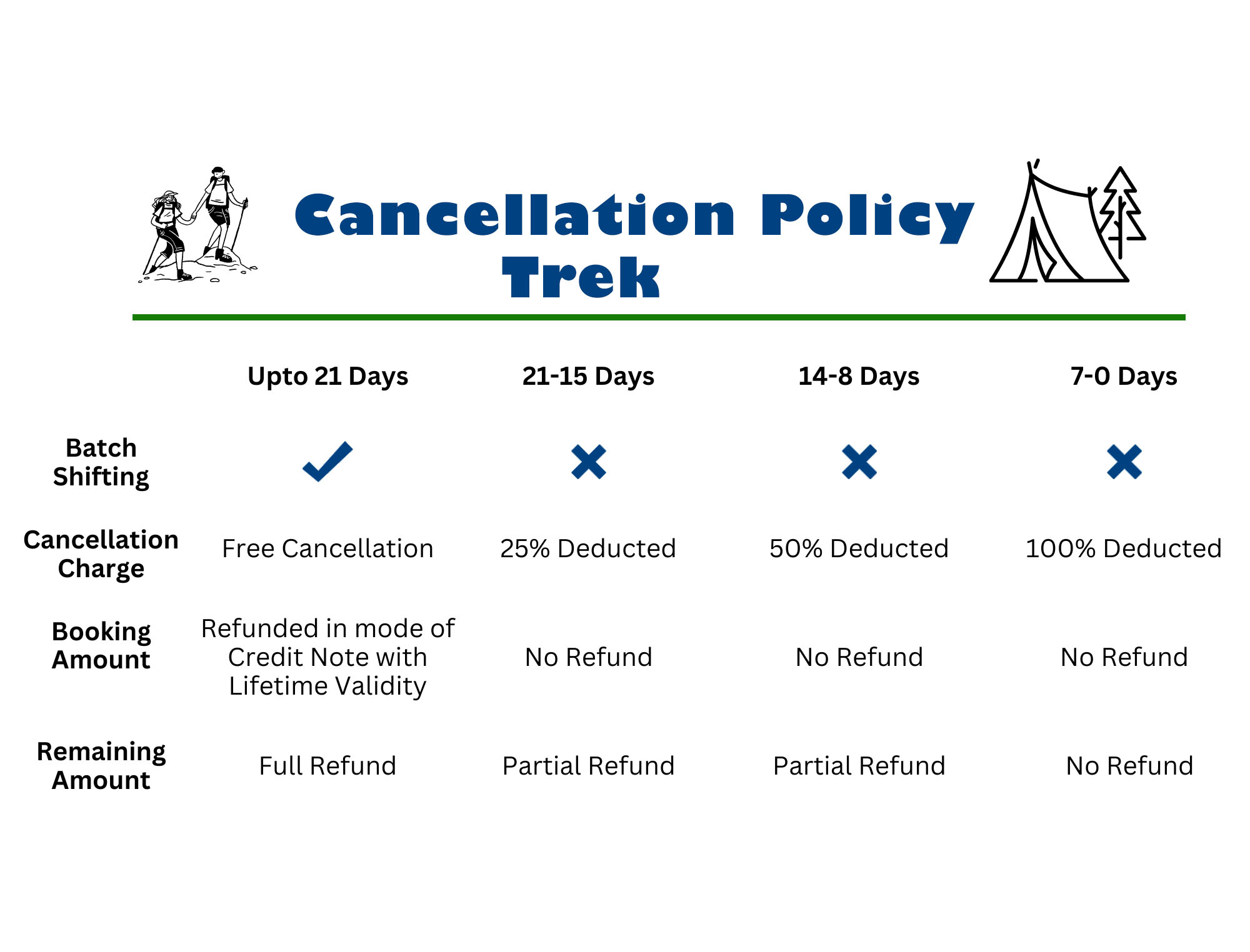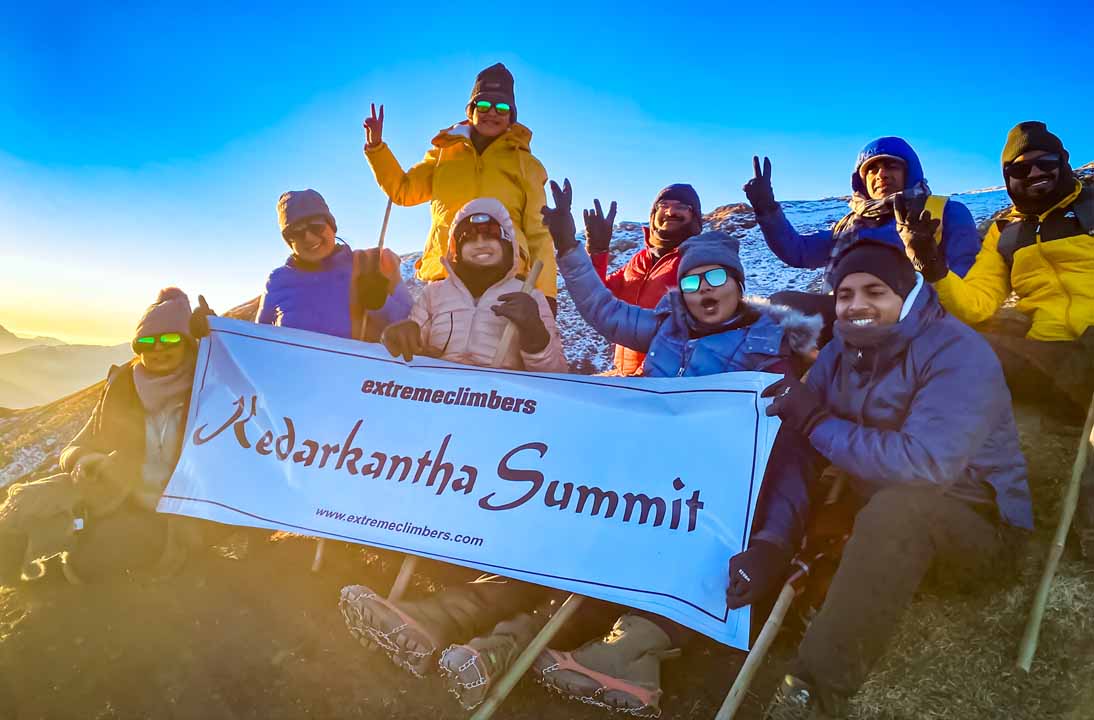Bodybuilder Shares Shocking “Before And After” Photos After Nearly Dying Of COVID-19 anavar cycle for men tiny-sized town makes strapping bodybuilders look like giants
-
Char Dham Yatra
Uttarakhand (500+ Reviews)
-
Trek Fee
with Helicopters 2,35,000/P
Without Helicopters 35,000/P
| altitude : | 11,700Ft. |
| duration : | 5 days |
| Trek difficulty : | Easy to Moderate |
| Yatra length : | 1,607kms |
| Best Months : | May – Oct |
Overview
Uttarakhand is known as Dev Bhoomi (Land of Gods), as it is the land of great pilgrimages, sacred temples and places, which attracts millions of pilgrims and spiritual seekers to get enlightenment. The pilgrimage of 4 Dhams located in Garhwal region are considered the most sacred places in India: Badrinath, Kedarnath, Gangotri and Yamunotri.
These four ancient temples also marks the spiritual source of four sacred rivers as well: River Yamuna (Yamunotri), River Ganga or Ganges (Gangotri), River Mandakini (Kedarnath) and River Alaknanda (Badrinath).
Char Dham Yatra can be a great explanation to enjoy the thrills of a helicopter ride since the high altitudes are usually negotiated through these flying machines. Still your kids would be in love with the excitement such a ride assures. The Helicopter service is simple manner to take the air trip abode to the shrines and sacred places in Badrinath, Kedarnath, Gangotri and Yamunotri. For the Hindu devotees, mainly those who journey from across the seas to be the part of yearly holy group do not have a lot of time in their hands, and thus, yatra by helicopter is their ideal alternative by all the means.
Itenirary
- Take a helicopter ride from Sahastradhara helipad in Dehradun to Kharsali helipad near Yamunotri.
- Visit the Yamunotri Temple and perform darshan.
- Stay overnight in Kharsali or nearby accommodation.
- Take a helicopter from Kharsali to Harsil.
- Visit the Gangotri Temple and offer prayers.
- Explore the serene surroundings of Harsil.
- Overnight stay in Harsil or nearby accommodation.
- Board a helicopter from Harsil to Phata.
- From Phata, take another helicopter ride to Kedarnath.
- Visit the Kedarnath Temple and seek blessings of Lord Shiva.
- Spend the night in Guptkashi or nearby accommodation.
- Take a helicopter from Guptkashi to Badrinath.
- Visit the Badrinath Temple and explore the holy town.
- Optionally, visit Mana Village and other nearby attractions.
- Overnight stay in Badrinath or nearby accommodation.
- Board a helicopter from Badrinath to Sahastradhara helipad in Dehradun.
- Conclude your Chardham Yatra upon reaching Dehradun.
Ensure to book helicopter tickets in advance, as they tend to get booked quickly, especially during peak pilgrimage seasons. Also, keep in mind any weather-related delays that might affect helicopter services.
Location
Photos
INCLUSIONS
Inclusions- Accommodation: 1 Night in a Hotel / Homestay on a triple/quad sharing basis. 3 Nights accommodation in a tent on a triple sharing basis.
- Transportation: Surface transfer from Dehradun – Sankri – Dehradun by Sumo / Bolero / Tempo Traveler ( Depends on the number of travelers).
- Meals: All Meals from (Day 1 Dinner to Day 5 Lunch) are included. We provide simple nutritious vegetarian food on all days of the trek.
- Snacks: Morning / Evening Tea / Coffee with light snacks and soup while on the trek.
- Camping logistics: Tent, Sleeping bags, Mattresses, Dining tent, Toilet tent.
- Trek Leader Qualified and Experienced Trek leader and support staff.
- Permits: All necessary fees and permits.
- Trekking Equipment: Gaiters, Micro Spikes, and Rope if required.
- Safety Equipment: Basic First Aid kit with Oximeter and Oxygen Cylinder.
- Guide ratio: 1:10
EXCLUSIONS
Exclusions- Any expenses of personal nature.
- Meals during transit.
- Insurance of any kind.
- Unscheduled delay due to landslide.
- Cost Escalation due to “ Force Majeure and Evacuation charges”.
- Anything not mentioned explicitly in the above program.
- *You can apply for travel insurance prior to the trek.


THINGS TO PACK
- Backpack (Min 55 Ltrs with rain cover): You must pick a good quality backpack with a comfortable fit and straps that won’t give you shoulder pain. You can check out your nearest Decathlon store for a good trekking backpack.
- Day backpack (20 – 30 Ltrs): When you head towards the summit, you are required to carry only a few necessary items and for that, you need a day backpack as you will leave your bigger one on the campsite.
- Floaters or Sandals: Although the entire trek requires a good quality shoe, you still need to let your feet breathe to avoid chafing and blisters. When you are at the camp, a good pair of sandals and floaters will help you to move freely.
- Trekking Shoes: A good trekking shoe is comfortable, provides ankle support, and has a good grip as well. They shouldn’t be chunky, instead, they should be lightweight and sturdy.
- 3 Quick Dry Tees: You must keep at least three pairs of quick dry tees so that you can wash them in between stops for proper hygiene.
- 2 Track Pants: A good pair of track pants made of polyester will let your skin breathe. They’re lightweight, dry easily, and comfortable to walk around in. You can easily avoid chafing and rashes by investing in a good pair of track pants.
- 3 Pair of Cotton Socks: Cotton socks are extremely comfortable to move around in and are lightweight as well which is why you can always count on a good pair of cotton socks while trekking. However, keep in mind to change them and avoid wearing them when they are wet.
- 1 Pair of Woolen Socks: A good pair of woolen socks, especially merino, are comfortable, limit odors and provide adequate insulation from the cold so you can wear them at night.
- 1 Poncho: A poncho is an evolved form of a raincoat that provides coverage to your body as well as your bag and ensures total water protection from rain.
- 1 Heavy Jacket: It’s emphasized that you need to carry proper layers so you can avoid getting cold which is why you need to carry a heavy jacket that you can put on over your other clothes.
- 1 Pair of Thermal: Thermal is a piece of garment that helps in keeping your body warm in cold temperatures. It is a necessary item that you need when going on a high-altitude trek.
- Quick-dry towel: A quick dry towel will help in maintaining proper hygiene. It must dry quickly because the wet fabric will only increase the chance of bacterial growth.
- Windproof Jacket: As you ascend towards high altitude, you get hit by chilly winds and a windbreaker jacket is designed to resist them. They are lightweight and are made of synthetic fibers.
- Woolen Cap: A woolen cap will help prevent cold when you ascend to high altitude. You can also cover your ears to avoid any pain and discomfort you might face in them when going at high altitudes.
- Gloves: Insulated gloves help in maintaining proper body heat in your hands and also provide a better grasp on trekking poles.
- Sun Cap: A lightweight sun cap with side flaps is perfect to keep your head cool and avoid sunburns on a sunny day.
- 1 Scarf or Balaclava: Along with sun rays and chilly winds, you also get hit by dirt and grime during treks which is why it’s important to carry a scarf or balaclava so you can cover your face when needed.
- Lip Balm: Your lips can become chapped due to the harsh cold winds so it’s important to keep them moisturized.
- Cold Cream & Sun Screen (SPF 40+): To avoid sunburns and chafing, you need to put on sunscreen as well as cold cream.
- Antibacterial powder: To avoid rashes that develop from a bacterial infestation in your armpits and other parts of your body.
- Water Bottle 1 Lt.: Hydration is extremely important when it comes to trekking. Carrying a water bottle that you can refill with Himalayan water is a must.
- Headlamp or torch: You can’t rely on moonlight when you are in the mountains. A torch or even a headlamp with a fresh pair of batteries is always a good idea to bring along.
- Bag for all your Toiletries: A bag with all your essentials including napkins, toothpaste, sanitizers, paper soap, etc should be carried in a ziplock bag.
- Personal Medications and basic medical kit: A few cuts and bruises are almost inevitable when you are on a trek so carrying a medical kit with bandages, Dettol, etc is necessary.
- Dark Sunglasses / People who use spectacles (Use Photochromic glasses instead of contact lenses): Photochromatic glasses are specs that are designed to transform into anti-glare shades depending upon exposure to the sun. They are good when it comes to eye protection but one can also opt for clip-on glasses etc.
- Trekking Pole: The trekking pole assists in more than one way. It saves energy while also providing stability and helps you to maintain proper balance.
- Documents: Identification proofs like Aadhar Card, Drivers License.
- Extra Polythene: In case your clothes get wet or your garments don’t dry, you can carry them in polythene. However, make sure that all the plastic that you are carrying into the woods leaves with you. Don’t litter in the mountains.
- Camera: This should be obvious. To make sure that you get to capture all the great moments from your trek. Make sure that you have enough storage and some extra batteries as well.
Reviews

Wilson
Had a great experience with Pradeep bhai from sankri guide modi ji

Ajay Kandari
Good experience with extreme climbers

Mohit Singh Chauhan
Nice arrangement and humble ,experience, And supported guide . It’s been most adventurous trip for us thanks to rocking extreme climbers ☺️😊

Mayank Mamgain
This was my second trek har ki dun and man… It was mind blowing. The scenery was beautiful and lively all through-out the trek…..


